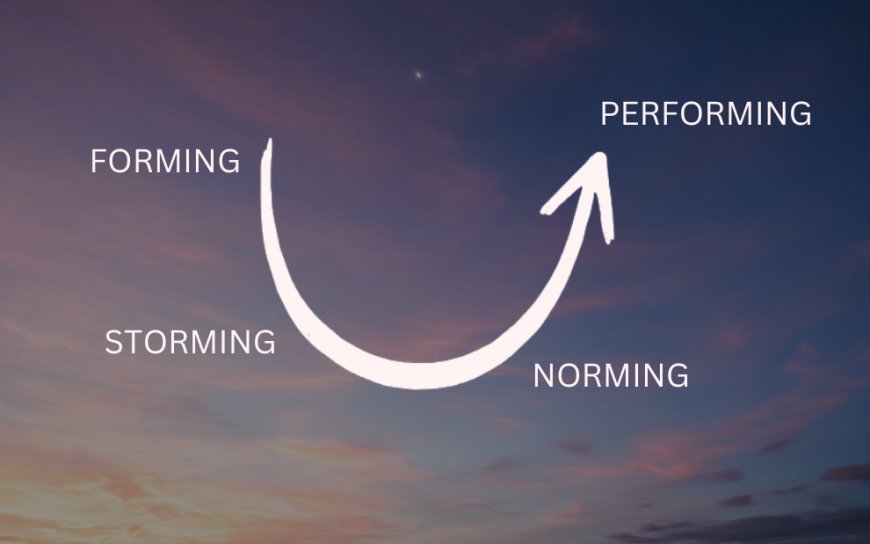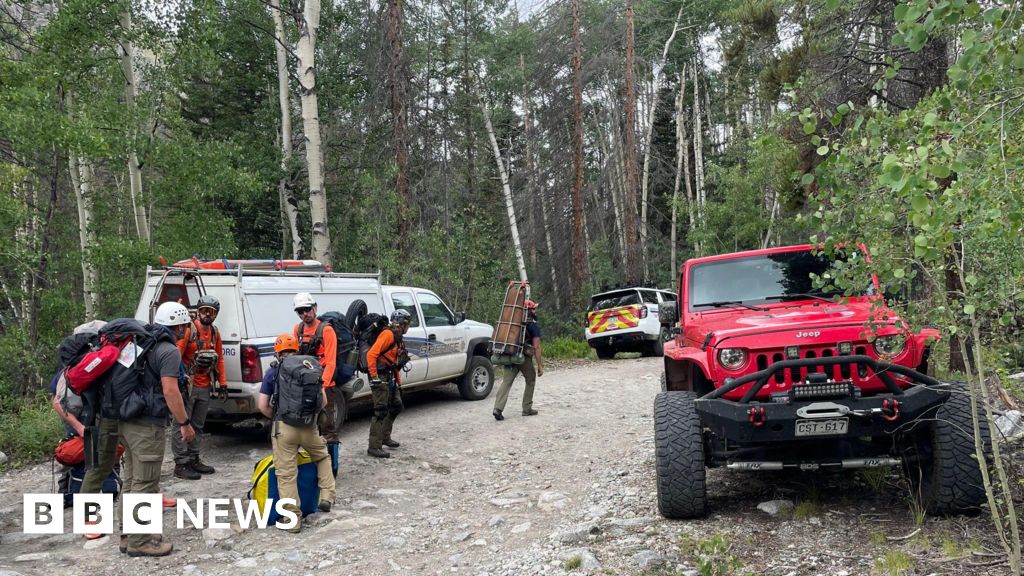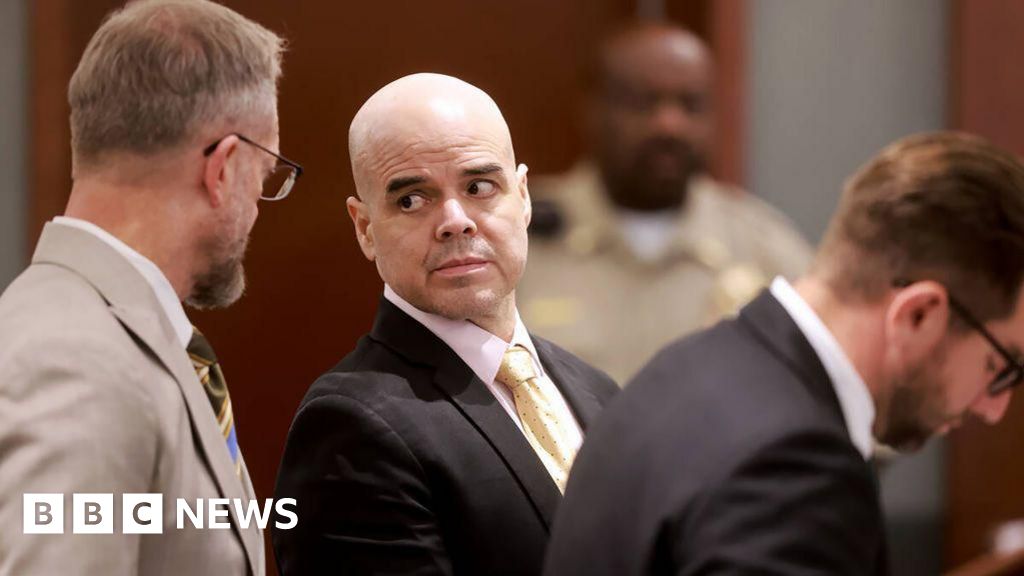The Regeneration Handbook: Healthy groups
“Never doubt that a small group of thoughtful, committed citizens can change the world; indeed, it’s the only thing that ever has.” — Margaret Mead Although regeneration begins with us as individuals, we eventually have to join with others for it to ripple out into the world. We need other people not only to share The post The Regeneration Handbook: Healthy groups appeared first on Shareable.

“Never doubt that a small group of thoughtful, committed citizens can change the world; indeed, it’s the only thing that ever has.” — Margaret Mead
Although regeneration begins with us as individuals, we eventually have to join with others for it to ripple out into the world. We need other people not only to share in the work but also to shed light on our blind spots and remind us we aren’t alone.
Because nearly all social change originates within small groups, cultivating their effectiveness is of the utmost importance. If a group is adrift without a clear purpose, its members merely struggling to get along with each other and make decisions, the change this group will be able to affect in the world is likely to be minimal. However, if we can cultivate healthy and harmonious groups in which every member is able to fully contribute their knowledge, insights, skills, and creativity, our small groups can become incredibly powerful seedbeds of change.
Most of us have been thoroughly trained in how hierarchies function because our families, schools, workplaces, and governments are all organized this way. They’re shaped like a pyramid with a boss at the top and everyone else sorted into levels of diminishing influence below. Power typically only flows in one direction. Subordinates are expected to do what they’re told and report back to their superiors. Punishments and rewards are handed down from above.
While hierarchies do exist in nature (think of chickens with their infamous pecking order) and are sometimes appropriate and necessary (as in the relationship between a parent and child), they also have the potential to act as powerful forces of oppression. Even at their best, hierarchies tend to stifle creativity, breed disconnection and resentment, and rob organizations of their collective intelligence and vitality. For all of these reasons and more, an increasing number of groups are searching for other ways to structure themselves.
Alternatives to hierarchy are readily available, but most of us haven’t been taught how to use them. As a result, groups trying to work in a collaborative way without putting in place processes and structures that facilitate collaboration usually find themselves bogged down in indecision and conflict, and often end up creating shadow hierarchies to get work done. Based on my observations, dysfunctional internal dynamics are, by far, the leading cause of activist groups falling apart.
I was already well aware of this problem when I traveled to Los Angeles in 2013 to train with Nick Osborne, a UK-based leader in nonhierarchical organizational development, who had recently created a course for Transition Network called Effective Groups. Although I had previously taken many other classes and workshops on similar topics, I found Nick’s curriculum to be more accessible, practical, and comprehensive than any I had encountered. For this reason, I became an Effective Groups Trainer and continue to teach an updated version of this course.
Although there are quite a few differences between Effective Groups Training and what I present in this chapter, both are organized around the Stages of Group Development.
In brief, Forming is about putting in place the foundational elements necessary to support a group through the earliest stages of its development. This includes recruiting an initial leadership team, cultivating trusting relationships between members, establishing group agreements, and developing shared purpose. While we may be tempted to try to design everything perfectly from the outset, anticipating every potential scenario, this is impossible, unnecessary, and counterproductive. Instead, we should recognize that effective collaboration is always a work in progress that unfolds organically over time.

Forming is often experienced as a honeymoon stage, in which everyone is getting along reasonably well and there’s a lot of excitement about the group’s future possibilities. It’s usually only once people feel settled and the real work begins that conflict starts to bubble up. While there’s a tendency to interpret Storming as a sign of failure, it’s actually an essential part of the overall progression. If we prepare ourselves adequately beforehand and lean into the storm when it comes, we will emerge stronger and wiser on the other side.
On the other side of Storming is Norming. Having been refined in the fire of challenge and conflict, we’re now able to upgrade and expand the systems we established in Forming. For most groups, this involves fundraising to build capacity and becoming a larger and more impactful organization.
Developing a highly functional and sustainable organization in Norming opens the door to Performing. Of course, Performing isn’t a static state. We frequently cycle back through earlier stages as circumstances change and members come and go. However, Performing isn’t a myth either. We can actually learn how to collaborate effectively and eventually serve as a model for others.
Doing so requires that we periodically reflect on how our group is working together and make needed improvements. If we’re always pushing forward with action, we’ll end up neglecting our relationships with each other and missing out on important opportunities to learn from experience. Conversely, if we spend all our time looking inward, we won’t generate enough momentum to keep members engaged. Although the right balance between action and reflection fluctuates from stage to stage and group to group, we always need to make time for both.
The post The Regeneration Handbook: Healthy groups appeared first on Shareable.
What's Your Reaction?




















